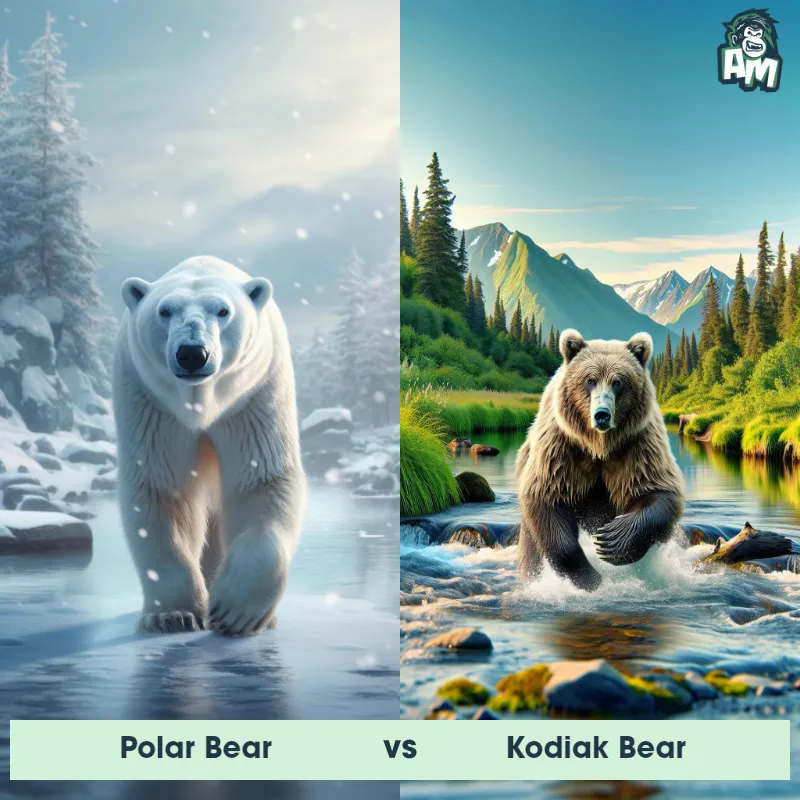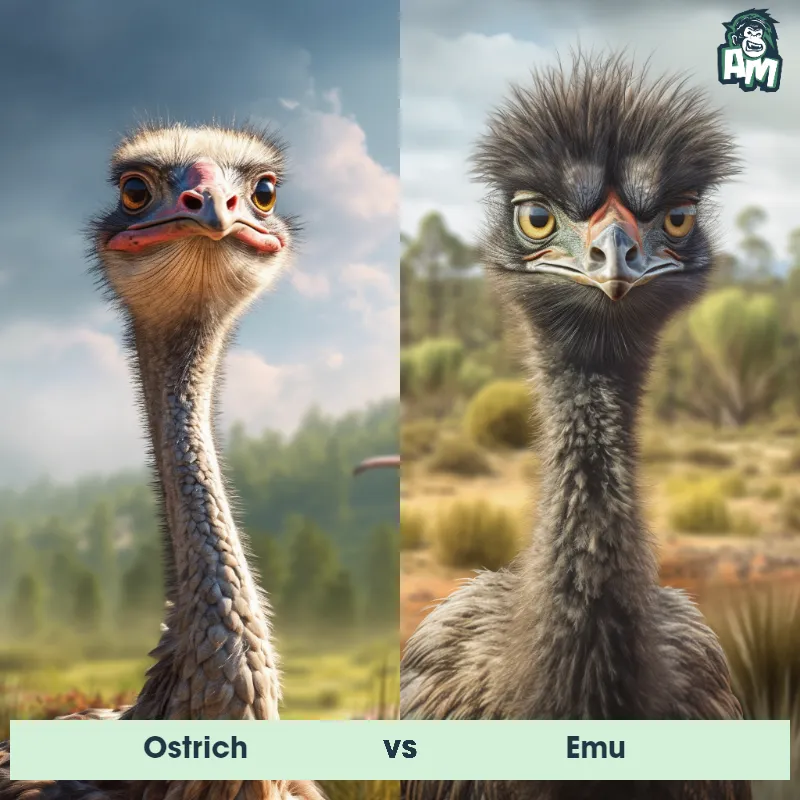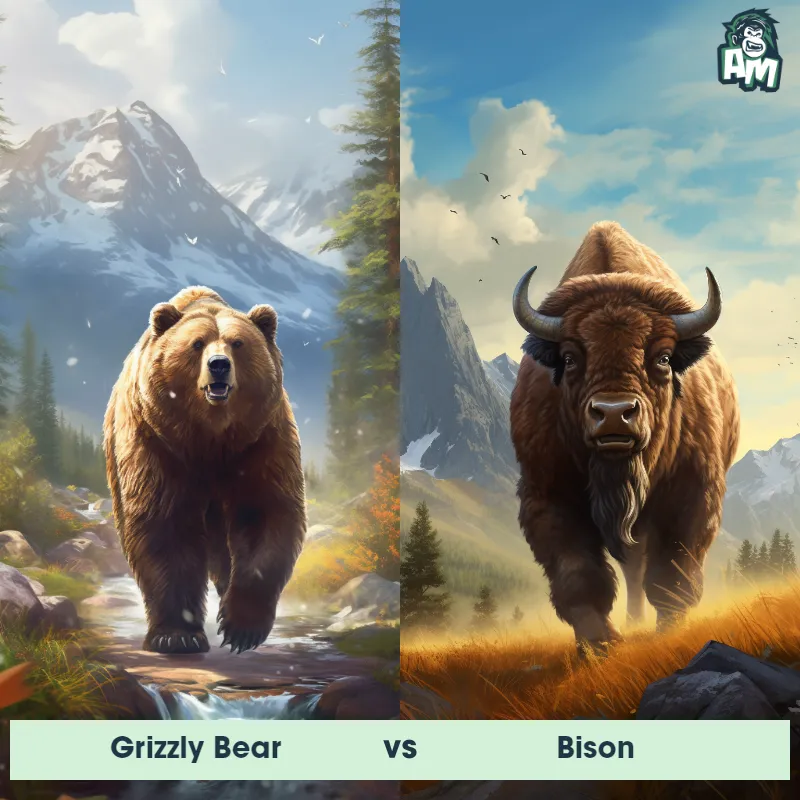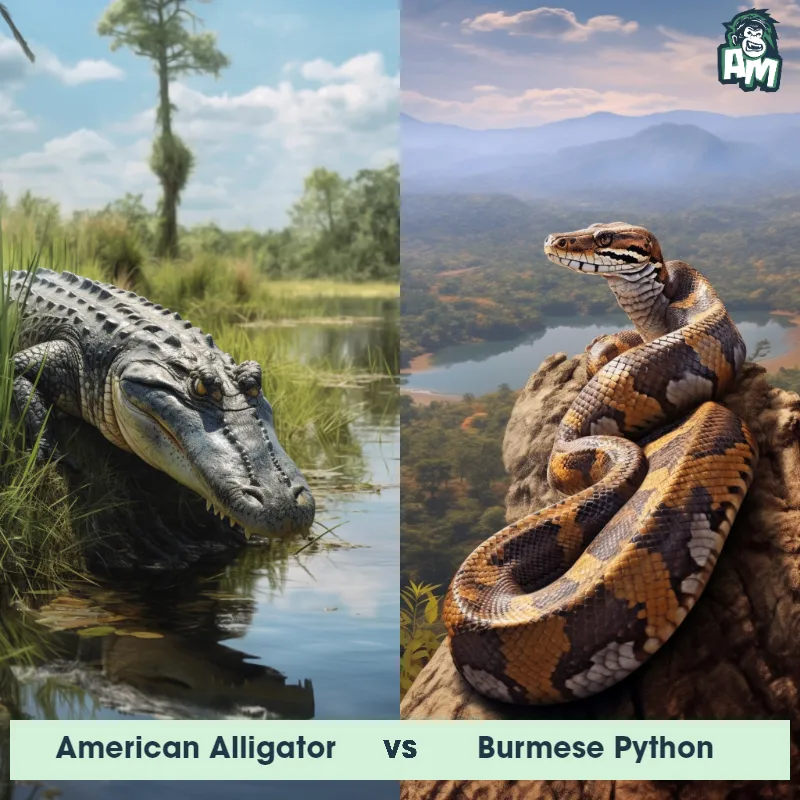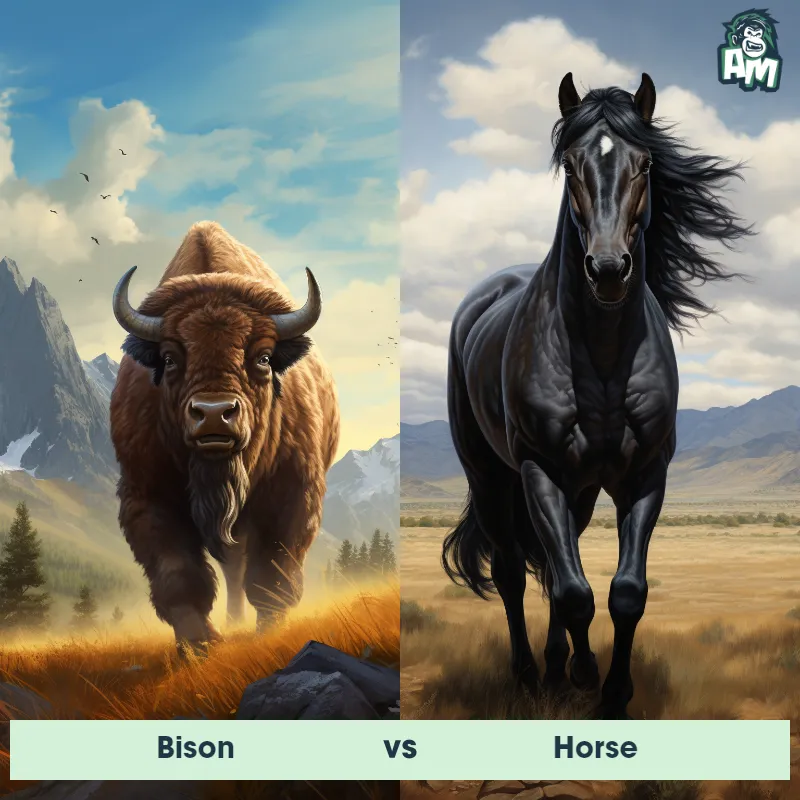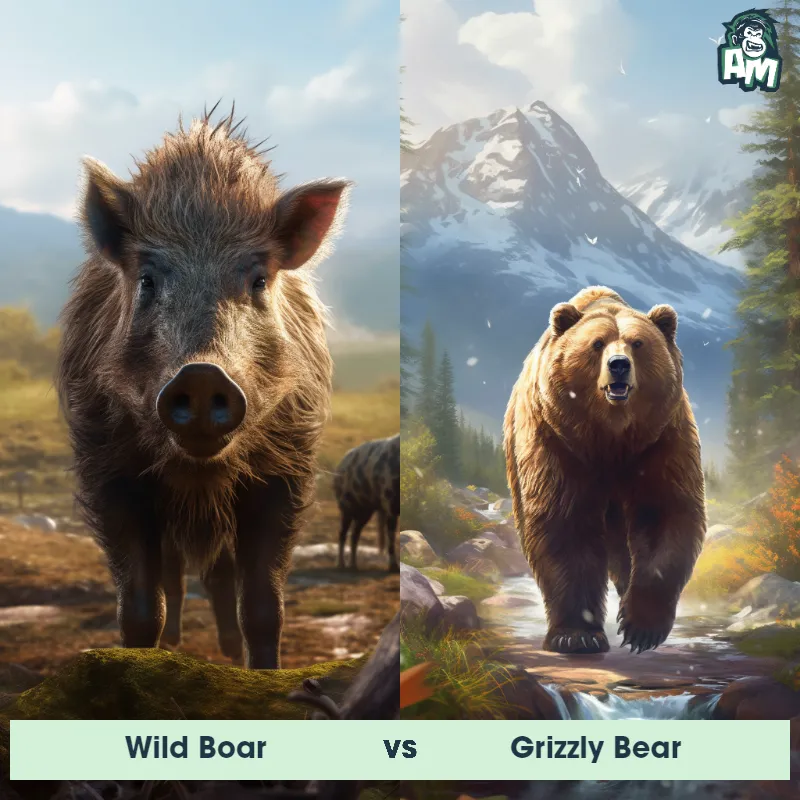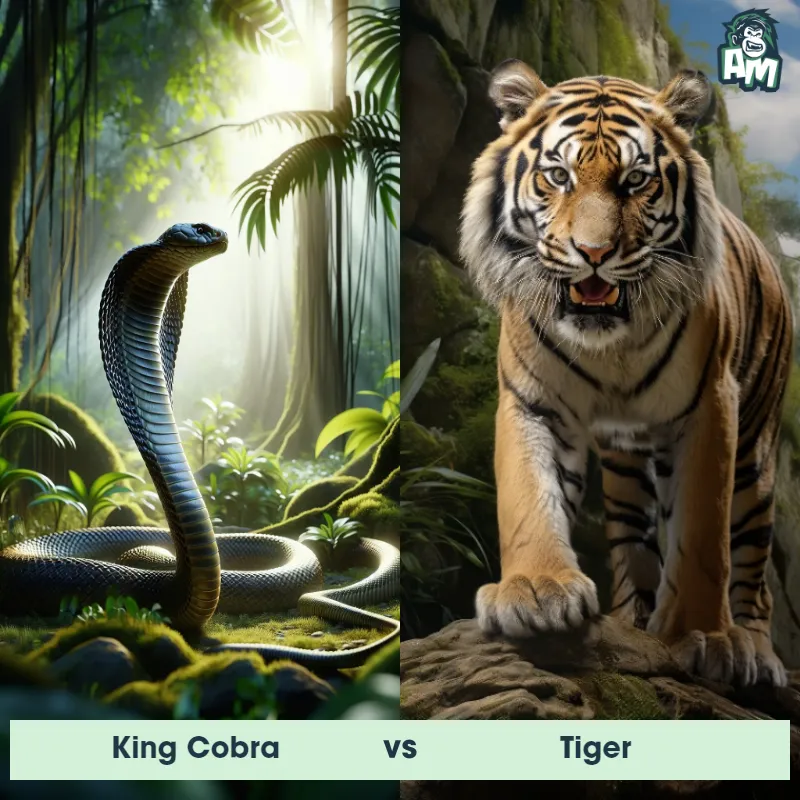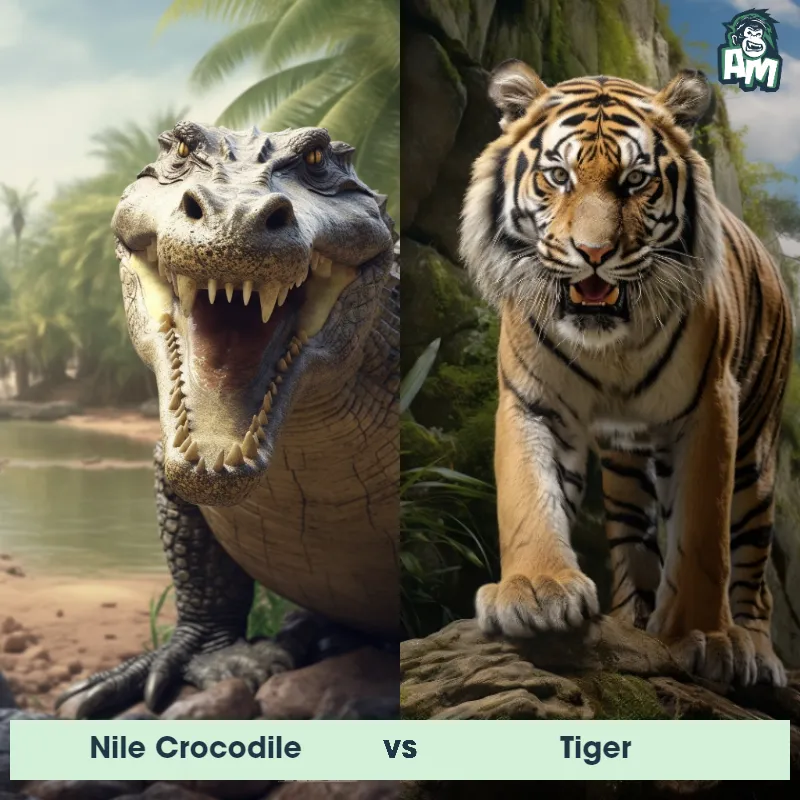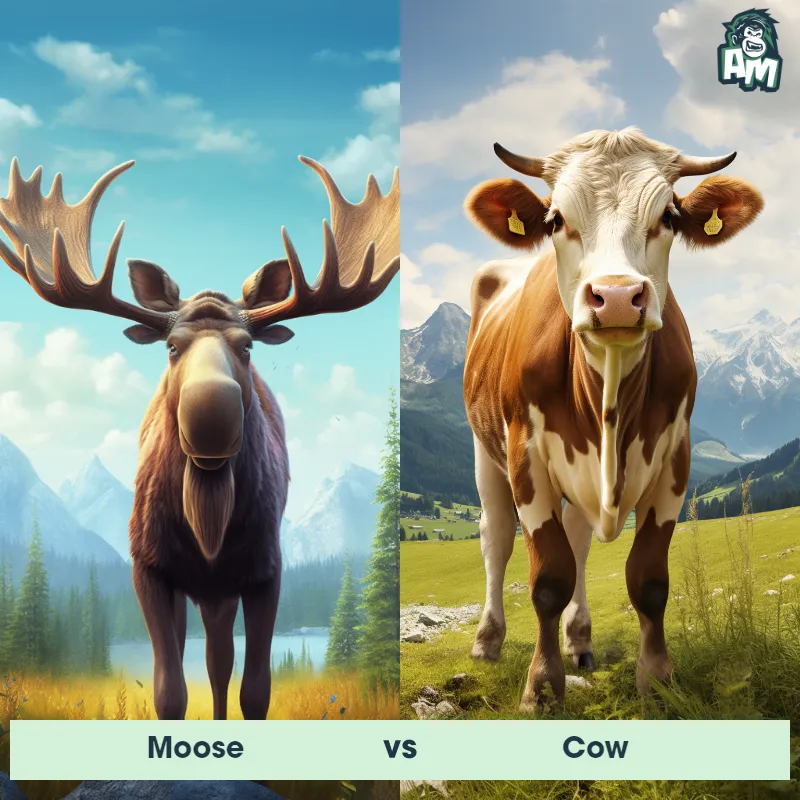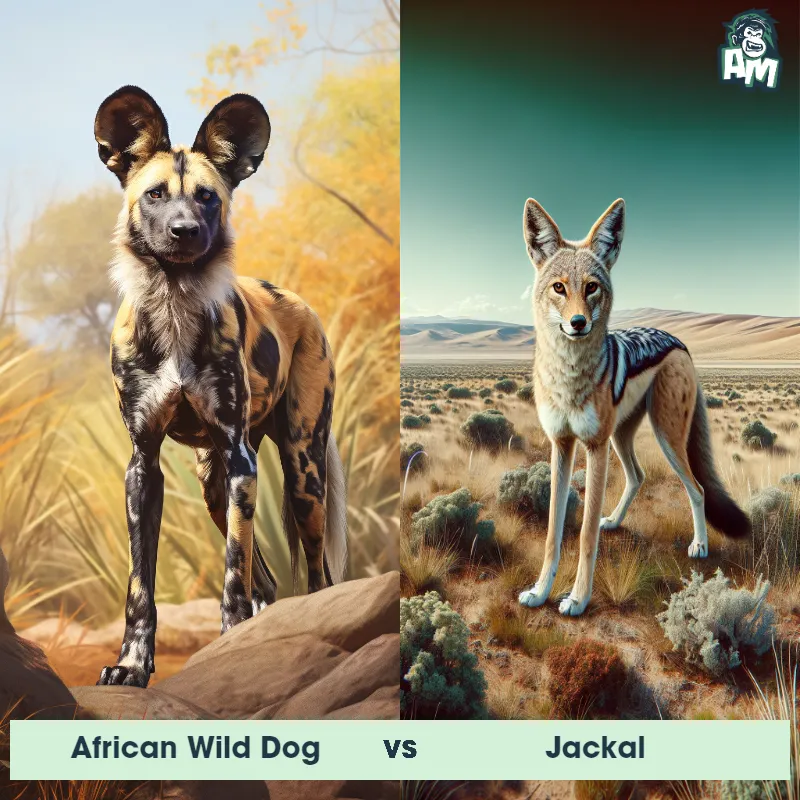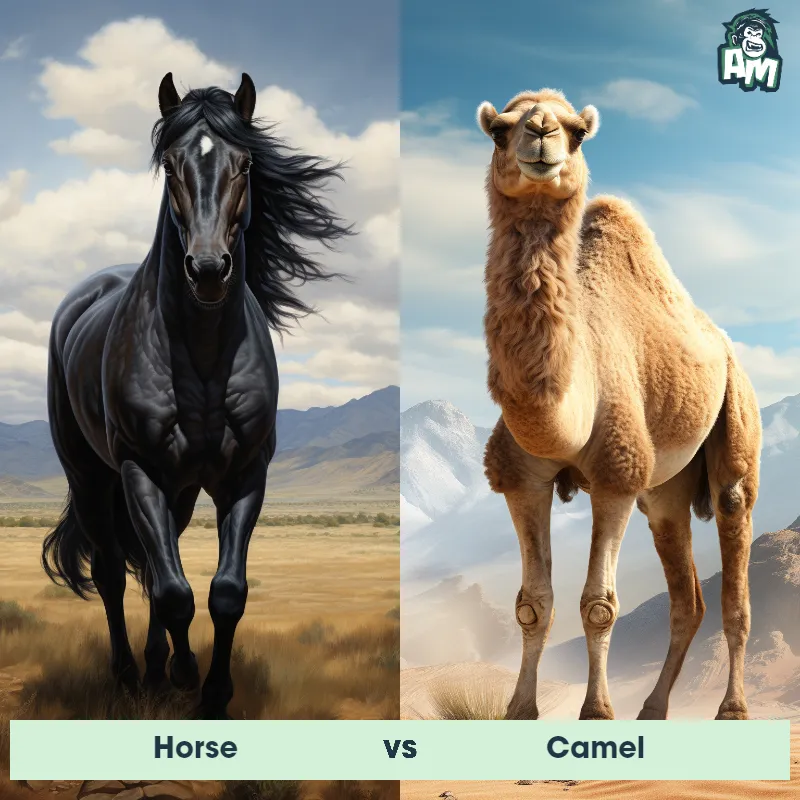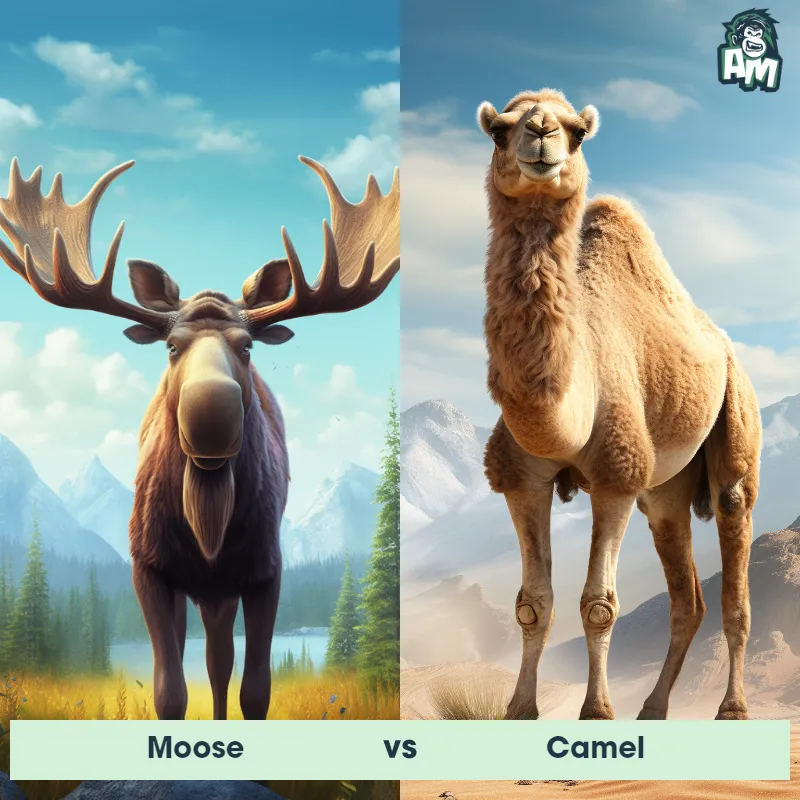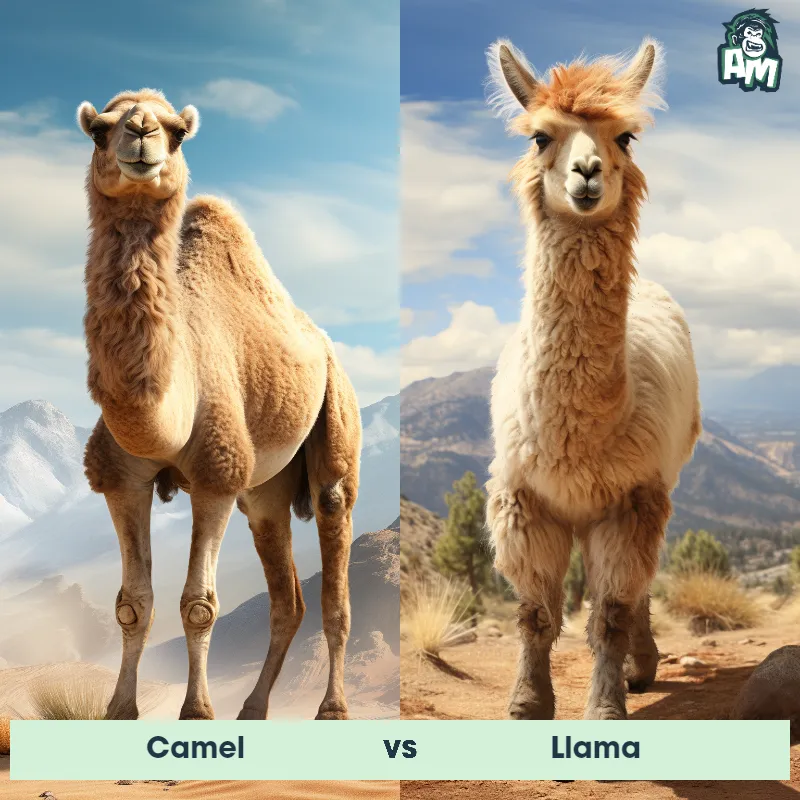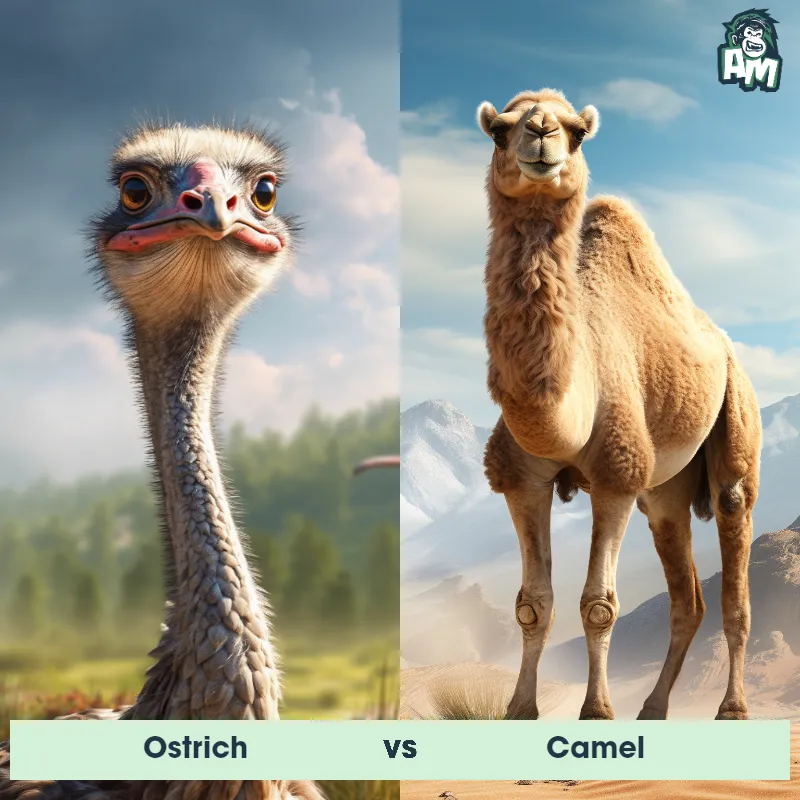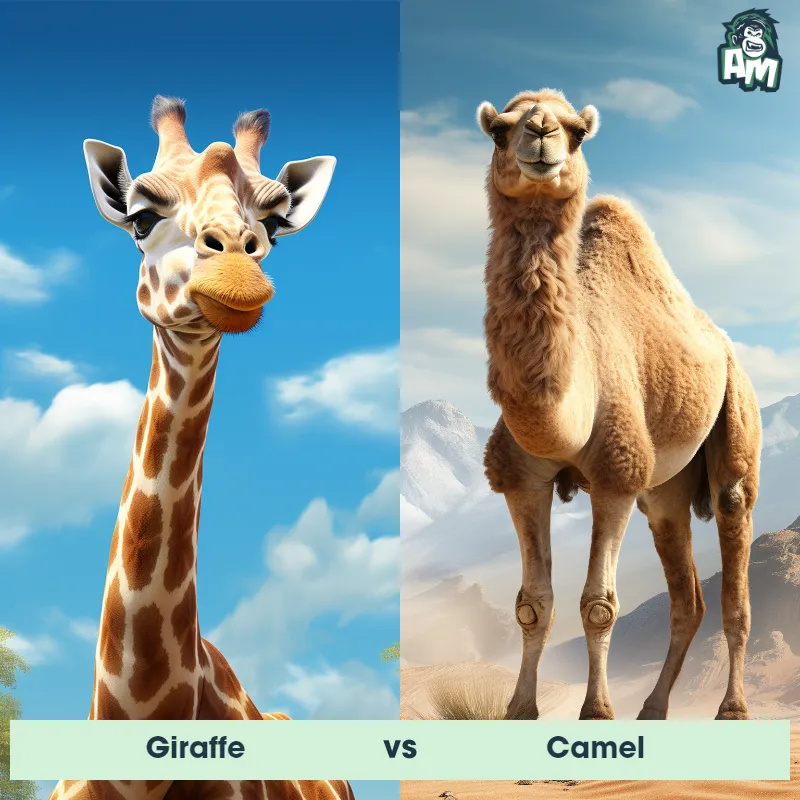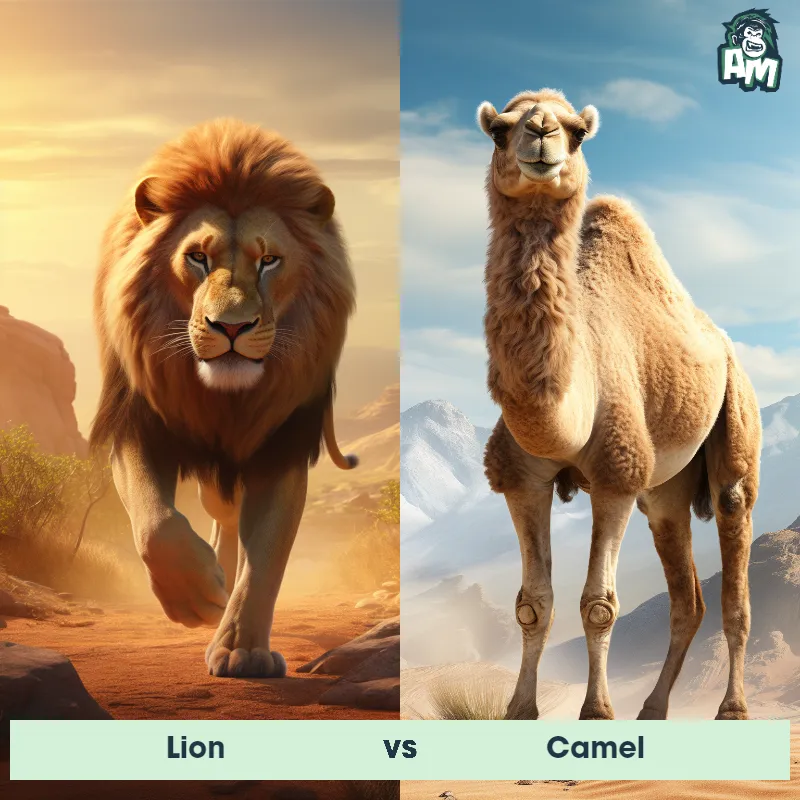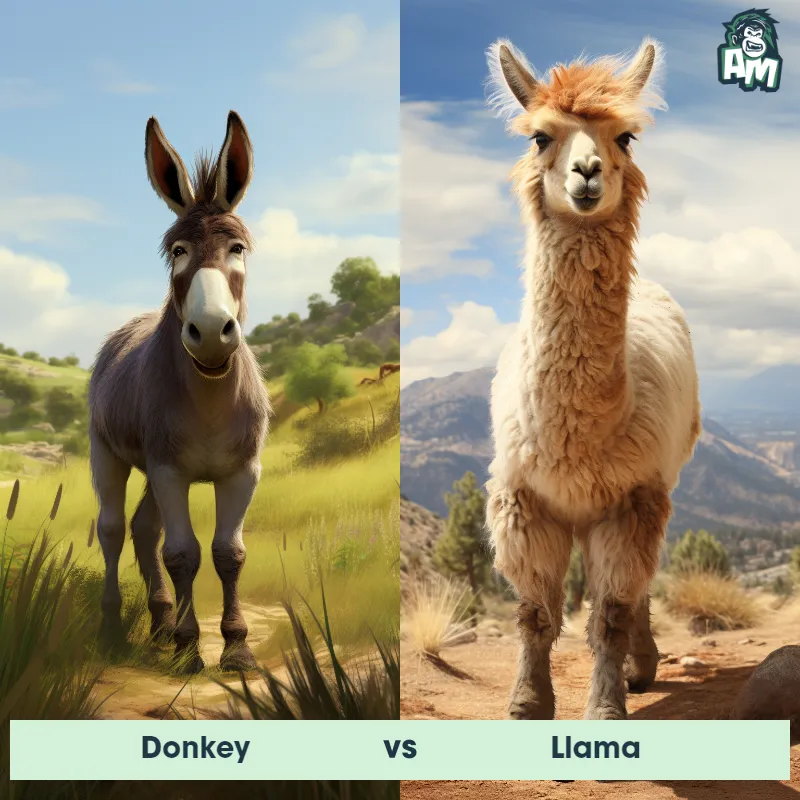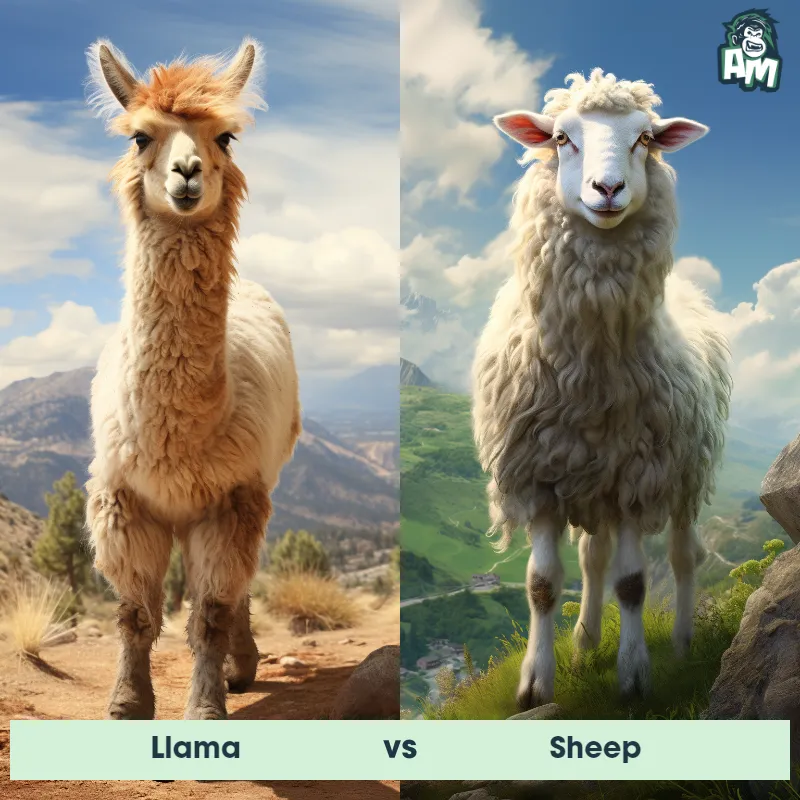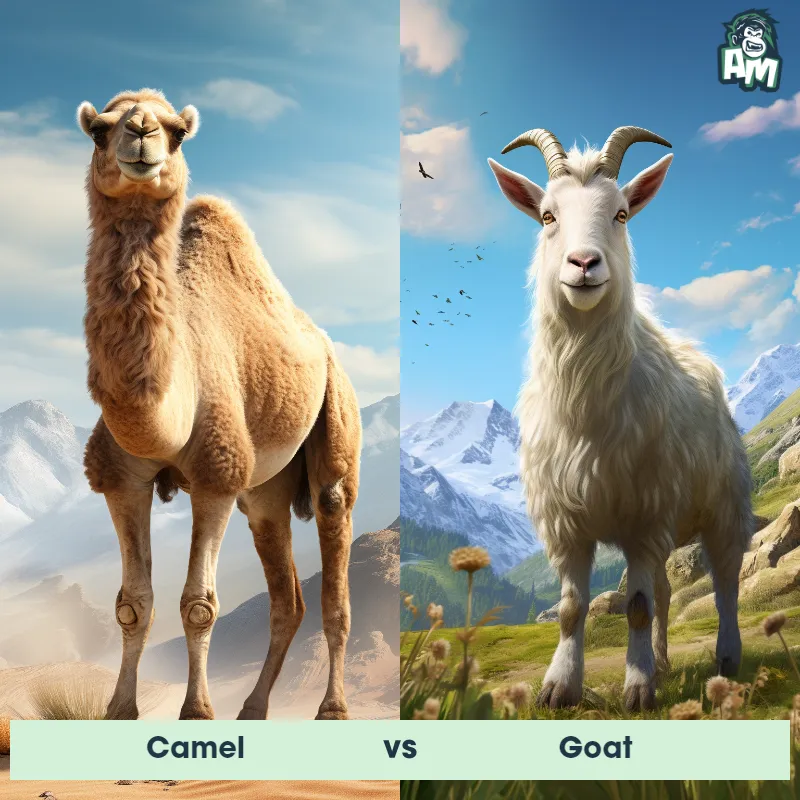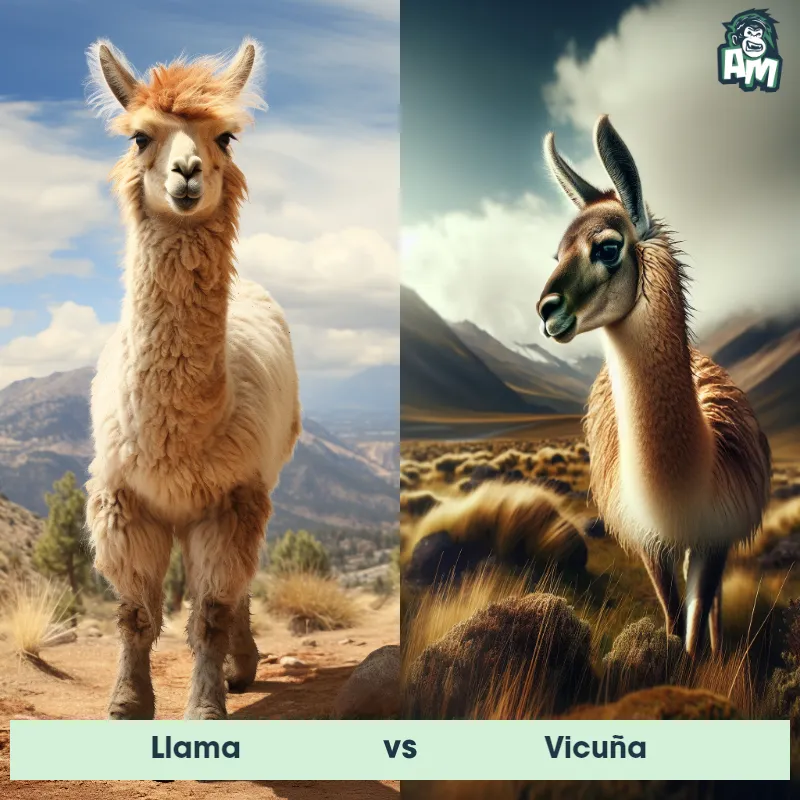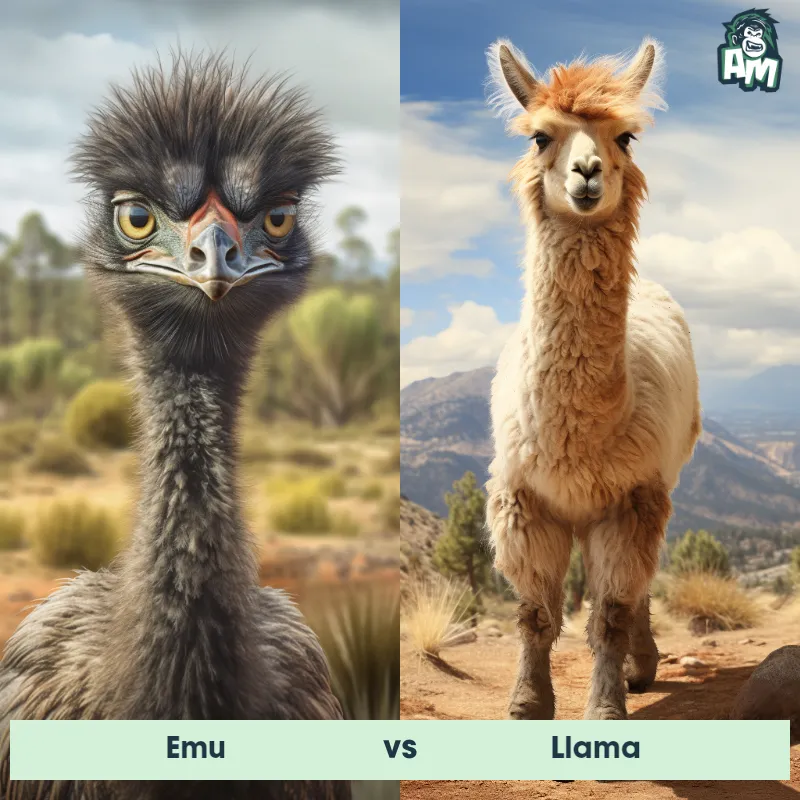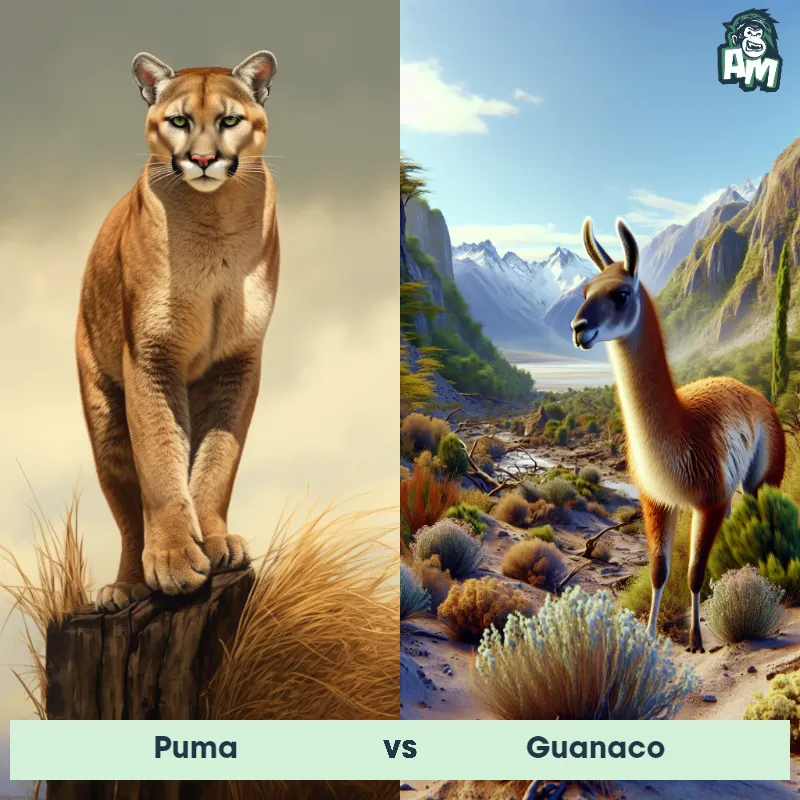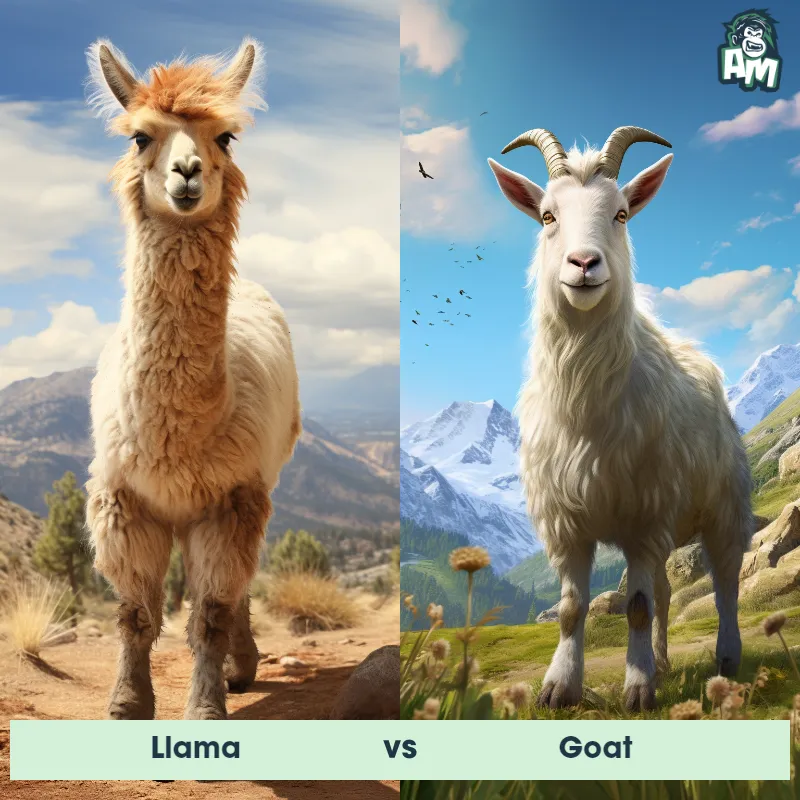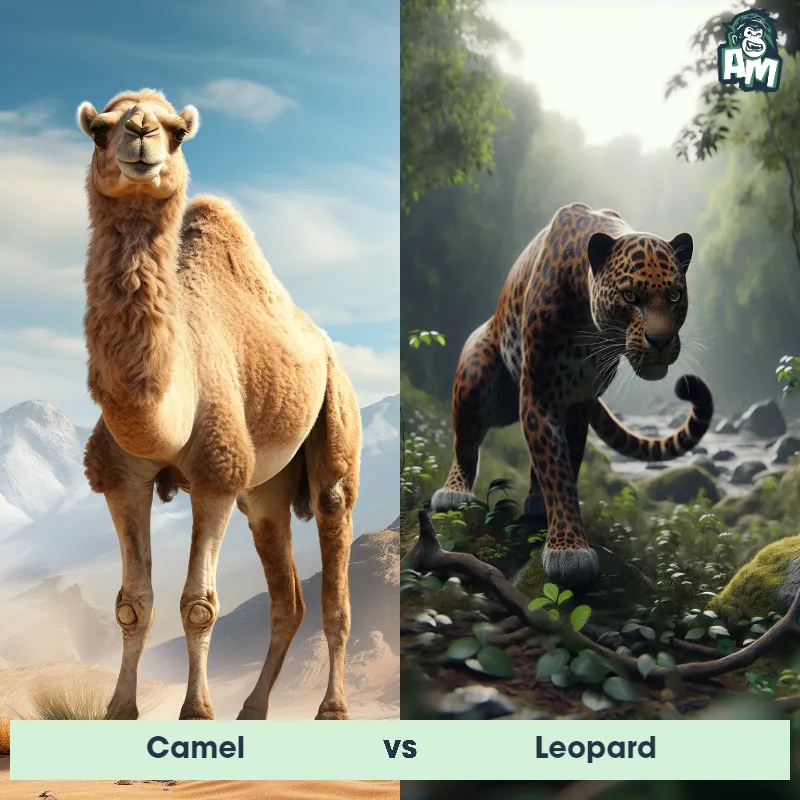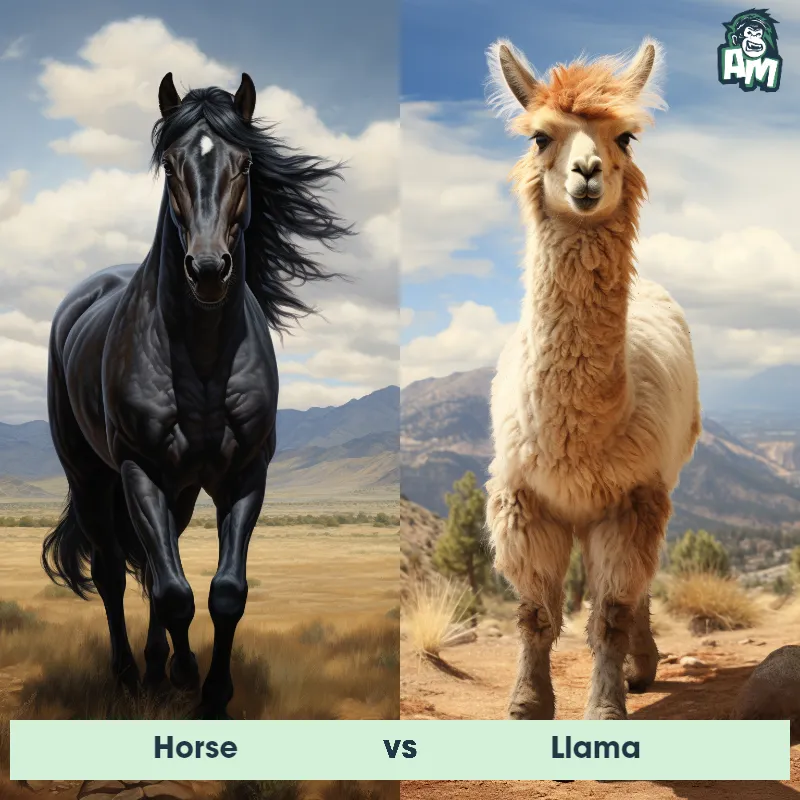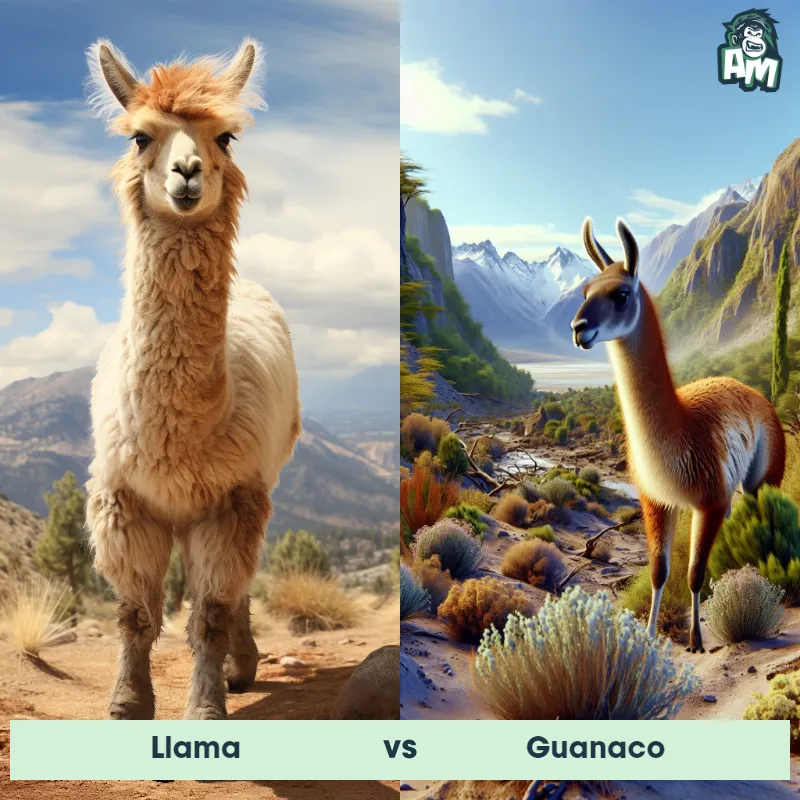Guanaco vs VicuñaSee Who Wins

Welcome, ladies and gentlemen, to this thrilling matchup between a Guanaco and a Vicuña! These two South American camelids are ready to go head-to-head in a battle of strength and agility. The crowd is buzzing with anticipation as they enter the arena.
Contender 1: Guanaco
The Guanaco is a large terrestrial mammal native to the mountainous regions of South America. It belongs to the camelid family, which also includes llamas, alpacas, and camels. Standing at around 3 to 4 feet tall at the shoulder, the Guanaco has a slender body with a long neck and legs. It is covered in thick, coarse, and woolly fur that ranges in color from light brown to reddish-brown. This adaptable animal has a unique set of physiological adaptations that enable it to withstand harsh weather conditions, including extreme temperatures and high altitudes. It is a social creature, often found in herds of up to 10 individuals, and communicates using a variety of vocalizations, such as grunts, hums, and alarm calls.
Fun Fact: Despite living in arid and harsh landscapes, Guanacos have a remarkable ability to conserve water by extracting moisture from the plants they consume, effectively reducing their reliance on external water sources.
Contender 2: Vicuña
The Vicuña, scientifically known as Vicugna vicugna, is a small camelid native to the high alpine regions of the Andes Mountains in South America. They are the smallest member of the camelid family and possess a slender and agile body with long legs. With their fine and woolly coat, they are well-adapted to the harsh mountain climate, providing them insulation against extreme temperatures. Their fur is usually light golden-brown in color and they have a distinctive white or cream-colored patch on their chest. Vicuñas are herbivores, feeding primarily on grasses, shrubs, and other plant matter found in their high-altitude habitat.
Fun Fact: Vicuñas are incredibly agile and have excellent eyesight, allowing them to navigate the treacherous mountainous terrain with ease and detect potential predators from afar.
Matchup Stats
| Guanaco | Vicuña | |
|---|---|---|
| Size | 3-4 feet tall at the shoulder (0.9-1.2 meters) | 36 to 52 inches (91 to 132 cm) at the shoulder |
| Weight | 200-300 pounds (90-135 kilograms) | 88 to 143 pounds (40 to 65 kg) |
| Speed | 35mph (56km/h) | 35mph (56km/h) |
| Key Strength | Agility and speed | Agility and speed |
| Biggest Weakness | Lack of natural defensive weapons | Lack of physical aggression |
Current Votes
Guanaco vs Vicuña
See Who Wins
View More Matches
Looking For More?
Similar Matches
Scientific Stats
| Guanaco | Vicuña | |
|---|---|---|
| Scientific Name | Lama guanicoe | Vicugna vicugna |
| Family | Camelidae | Camelidae |
| Habitat | Mountainous regions of South America | High alpine regions |
| Geography | Argentina, Bolivia, Chile, Peru | Andes Mountains in South America |
| Diet | Herbivorous, primarily grazing on grasses and other vegetation | Grasses, shrubs, and other plant matter |
| Lifespan | 10 years - 15 years | 10 years - 15 years |
Key Differences between Guanaco and Vicuña
- Horns: Male Guanacos often have larger, more curved horns that can reach lengths of over 16 inches, whereas Vicuñas lack visible horns in both males and females.
- Color: The coat of a Guanaco tends to be more tawny or reddish-brown, whereas Vicuñas have a lighter, more golden or cream-colored coat.
- Ears: Guanacos have larger and more elongated ears, which can grow up to 10 inches long, while Vicuñas have relatively smaller and more rounded ears.
- Fiber quality: Vicuñas produce the finest fiber in the world, with each hair measuring at least 4.5 microns in diameter, whereas Guanaco fiber, while still highly valued, is slightly coarser with a diameter of about 12 microns.
- Size: Guanacos are larger than Vicuñas, with adult Guanacos reaching heights of up to 4.6 feet at the shoulder, while Vicuñas generally stand between 3.5 to 3.9 feet.
- Facial features: Guanacos possess a longer, more elongated face with a straight nose bridge, compared to the slightly rounder face of a Vicuña with a concave nose bridge.



